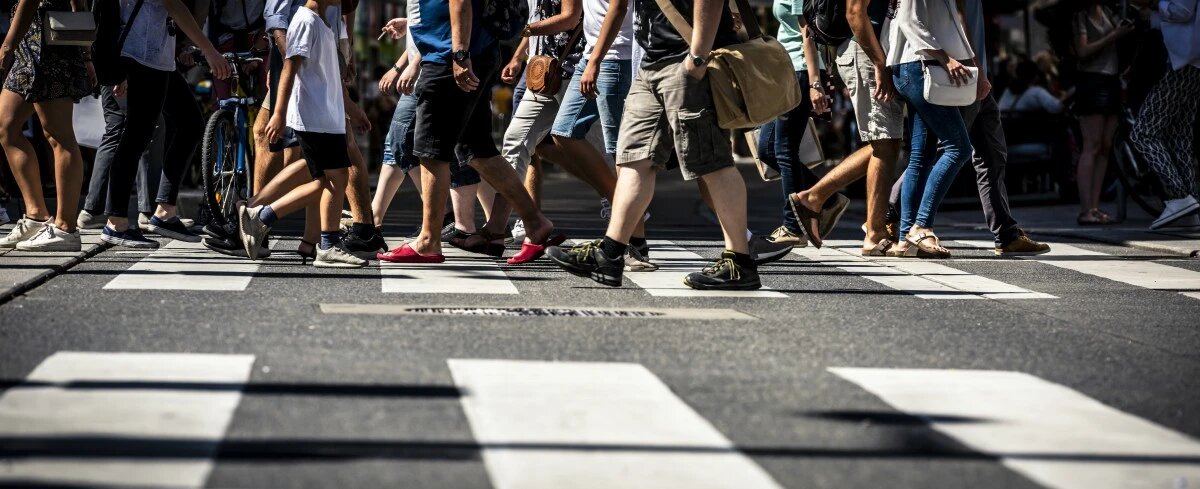During the recent pandemic, nearly every grocery store was offering the flu vaccine. This type of foot traffic will continue to grow in grocery stores. Superstores have been transformed into distribution centers, but they’re still in high demand. Organizing events for foot traffic increases store visibility and customer satisfaction. People-counting systems and local campaigns are also effective ways to increase foot traffic. Read on for some examples.
Experience-shopping strategy
As the number of people shopping at malls decreases, landlords are scrambling to adapt to the changing landscape. In order to boost foot traffic, many malls are implementing a new strategy known as experience shopping. This strategy includes activity-based stores, restaurants and coffee shops, and movie theaters. The key to this strategy is to give people a reason to spend more time in a mall than just browsing products.
Using foot traffic data, retailers can plan promotions around peak foot traffic times. By understanding how visitors behave, they can better predict future trends and make decisions about staffing. In a recent case study, Almawi incorporated customer feedback into its merchandising strategy by offering discounts and services to existing customers and encouraging them to bring friends. The strategy was successful, resulting in increased foot traffic and sales.
For a retailer to increase foot traffic, they must create a smooth shopping experience for customers. This is particularly important in a time when many consumers are shopping on the web. Amazon is well-known for its easy and fast shopping, and an experience-shopping strategy will help them match their convenience. Target, for example, has taken a similar approach by upgrading their network infrastructure and doubling the Wi-Fi bandwidth in its stores.
Organizing events to increase foot traffic
In-store events are a great way to attract consumers and boost foot traffic data georgia. Organizing events in your store can increase foot traffic by promoting your brand through social media and heavy website promotion. Most consumers begin their research on search engines before going into a store, so using this strategy to advertise your event is a great way to maximize ROI. Organize a cocktail party, offer live music, and invite your local community to attend. Once the event is over, ask consumers to share the event on social media.
To increase foot traffic in your retail store, hold special events for your customers. Consider organizing an in-house event during the launch of a new product or celebration of a birthday. Organize an event to thank loyal customers and reward your staff for their loyalty. Promote the event through marketing campaigns or other local businesses. These events give customers a chance to interact with your products and build a relationship with your staff.
Local campaigns
Local campaigns are an effective way to drive foot traffic to a specific location. They can share information about new store openings, special in-store promotions, or updated business hours. They can also highlight products available in nearby stores. Local campaigns are currently being upgraded to Performance Max campaigns in June. The benefits of local campaigns are clear: they deliver high-quality leads. Google has also introduced paid ad strategies to increase visibility of local businesses.
Google Ads will automatically deploy your local campaign ad across Google’s search and display networks. This feature also allows you to track conversions. With Google Ads, your ads will be shown to local consumers who live and work in your city or town. If your business is a restaurant, you can use local campaign ads to promote your business. Local campaigns can be set up to use five headlines each. They can also use up to 20 image/video assets.
Google Maps ads will highlight your dealership location. GMB listing profile ads will display information about the latest promotions and offers. Google Search Network ads will show up at the top of local search packs. Local ads are relevant to consumers’ local intent. During the latest Google Marketing Livestream event, the company unveiled new ad formats and attributes that make it easier to target localized ads. It’s the next big thing in foot traffic.
People-counting systems
People-counting systems are an increasingly popular technology that counts the number of customers who enter and leave a retail space over a set period of time. Previously, retailers relied on employees to manually count customers, but now there are more accurate and sophisticated ways of counting foot traffic than ever before. For example, door counters with cameras are paired with people-counting systems. These systems can be installed over doors or in the window of a store.
Foot traffic is an important metric for retailers and businesses, but how do you measure it? There are a variety of people-counting systems available on the market, but most of them rely on video cameras and facial recognition. These people-counting systems can count people and can be deployed at virtually any physical location, including stores, malls, and other venues. Retailers can use this data to optimize store operations and comply with social distaging mandates.
In addition to analyzing store footfalls, people-counting systems can also provide other critical business insights. For instance, real-time data streams can help retailers identify the effect of seasonal and climate changes on sales, traffic patterns, and pricing. And, in a matrix organizational structure, these data streams can be used to adjust products and pricing. These systems are especially helpful in the retail industry, where the number of customers can drastically affect the success of a store’s sales strategy.
Renting in high-traffic areas
High-traffic locations can make or break a business. High traffic means high rental rates. You must charge premium rates in order to make money and keep the cash flow flowing. Listed below are some tips for renting in high-traffic locations. Make sure you have a location that will attract a high volume of traffic and is free from competing businesses. If you do not have a physical location, consider renting office space near a subway station, a train station, or the downtown area.
High-traffic locations command higher rents, and a good location will bring in more money in rent. Any city has a bustling area with high traffic. However, a bustling area can be expensive to operate in because of the competition. Because of this, it is important to make sure you have a differentiated product or service to stand out among other local businesses.
Listed above are three options for high-traffic areas: walk-up buildings, lower-level space, or second or third-floor retail space. High-traffic locations are also better suited for high-tech companies since these industries require easy access to plumbing. However, you may want to avoid buildings with problems with elevators because the elevators can be crowded.
Investing in analytics
In an era when the economic climate is threatening the health of businesses around the world, investing in analytics for foot traffic is more important than ever. The ability to measure foot traffic can help marketers answer questions such as whether or not an advertising campaign is effective. They can also determine which marketing channels can produce higher returns. Here are three reasons to invest in analytics for foot traffic:
Data about foot traffic is useful in staff planning. With tight margins, it can be tempting to under or overstaff a store. By leveraging analytics, you can avoid this problem. In addition to identifying the best times to staff a retail establishment, foot traffic data can be used to forecast future demand for goods and services. By analyzing foot traffic data, you can ensure that your staff is adequately staffed to meet demand.

